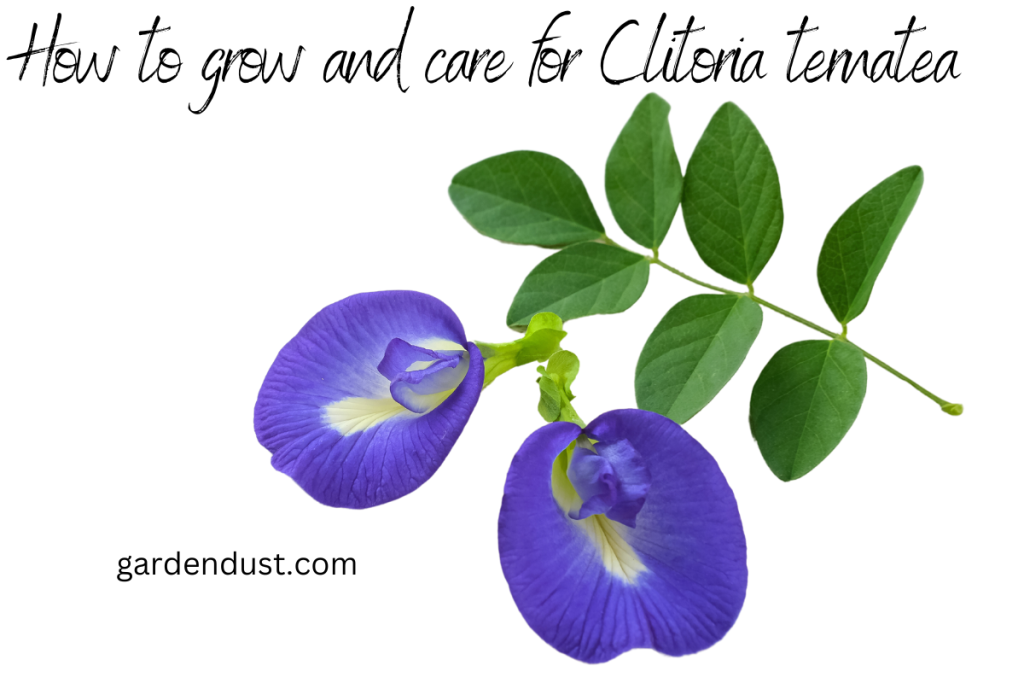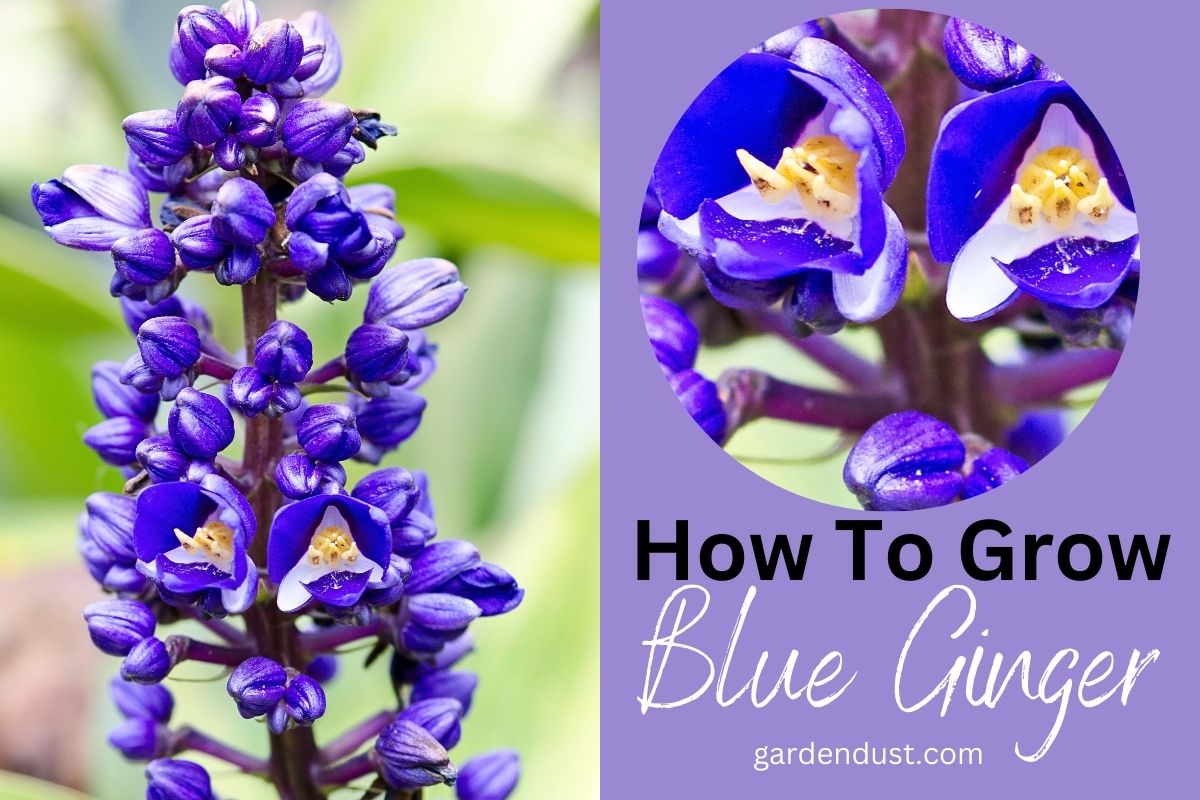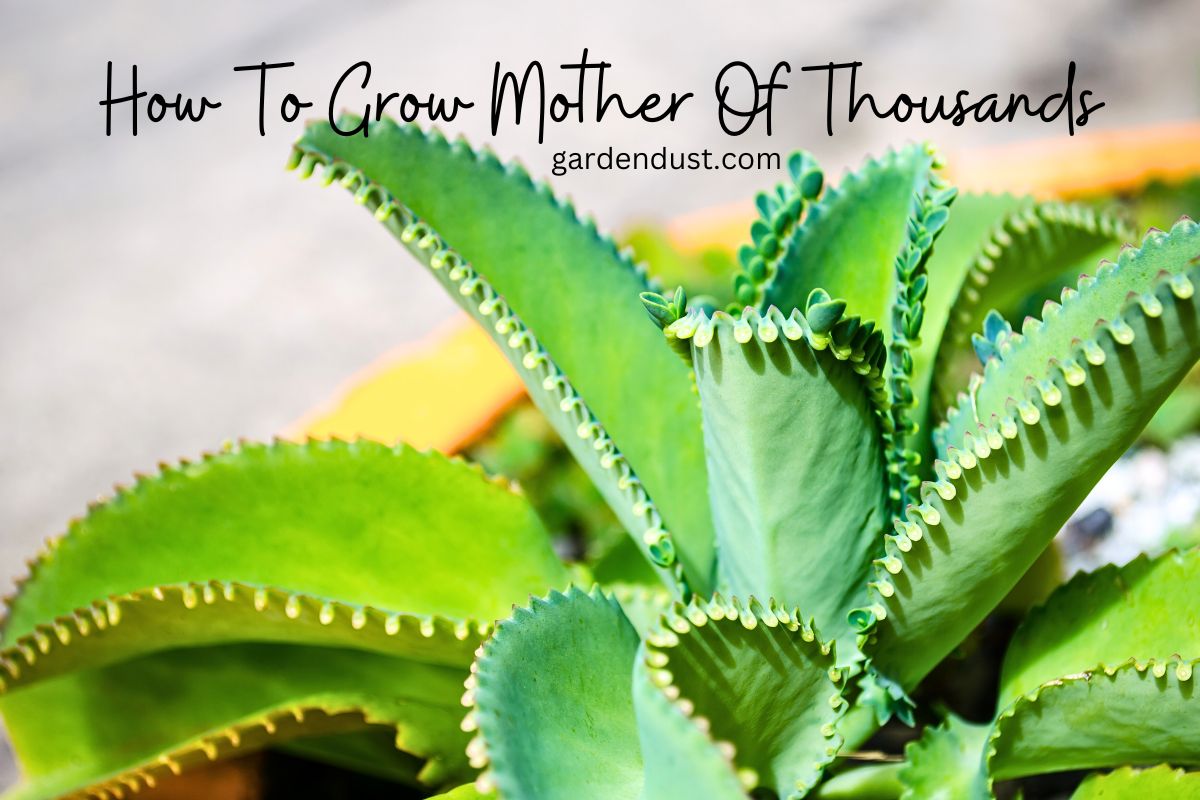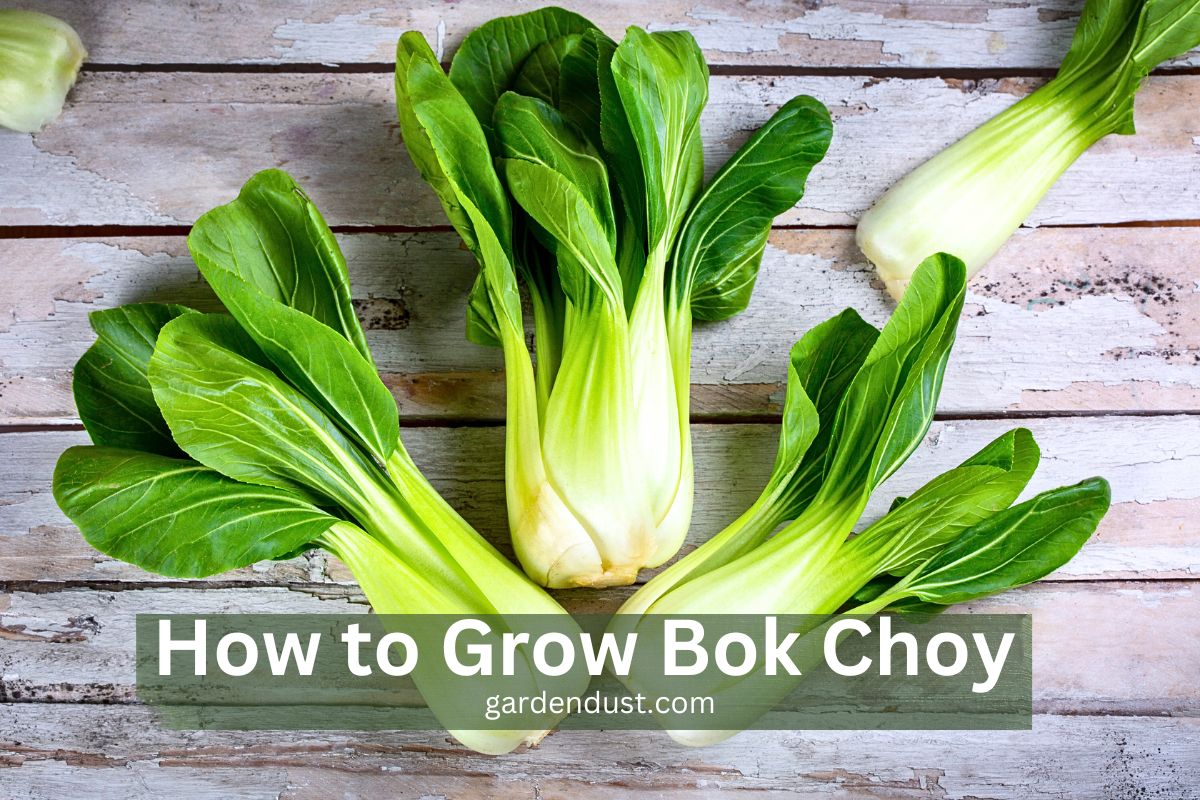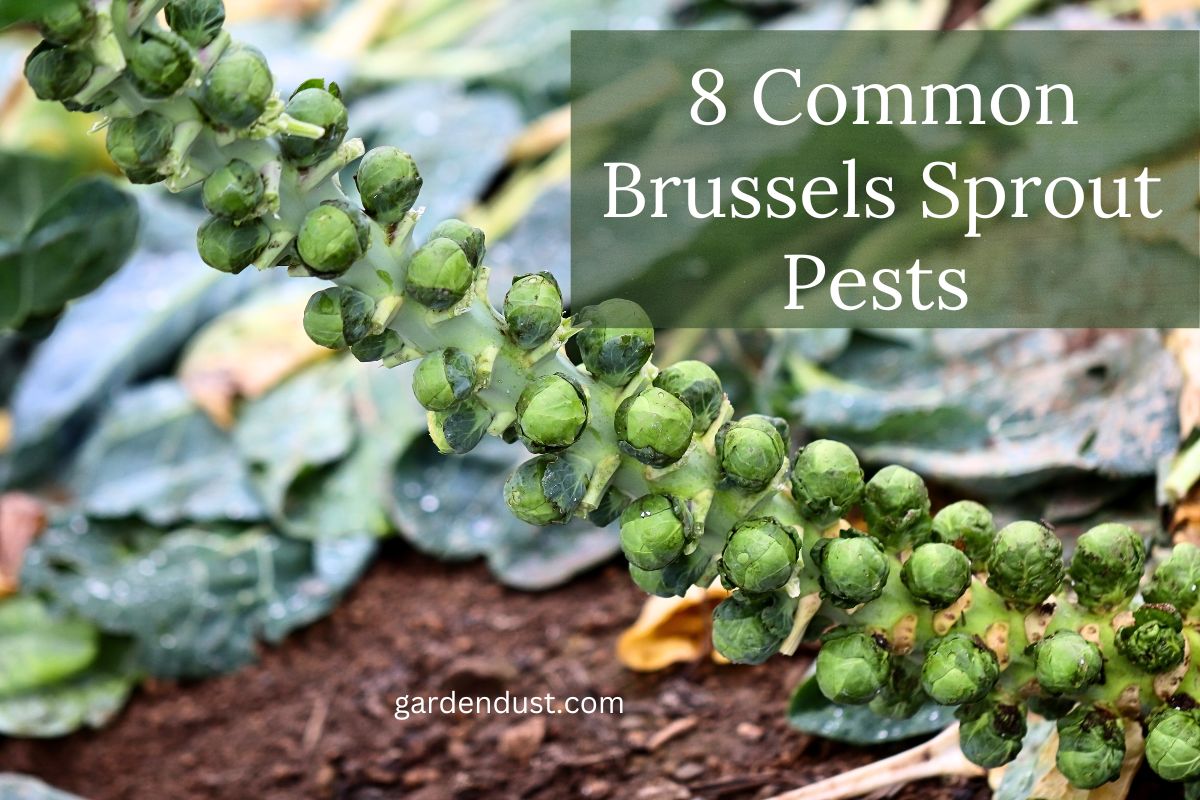Clitoria ternatea is a plant species commonly known as the butterfly pea, blue-pea or Asian pigeonwings. It is a perennial plant belonging to the family Fabaceae and is native to tropical regions of Asia and Africa. Plant is known for its beautiful blue flowers, which have been used for centuries in traditional medicine, cooking, and even as a natural dye. In this article we will explore detail about how to grow and care for Clitoria ternatea
Common Name– Clitoria ternatea ,butterfly pea, blue-pea, Asian pigeonwings.
Botanical Name -Clitoria ternatea
In traditional medicine, various parts of the plant, including the flowers, leaves, and roots, have been used to treat a wide range of ailments, including fever, inflammation, and pain also plant is believed to have various other health benefits like boosting brain function, improving digestion, and reducing stress and anxiety.
In cooking, the flowers are used to add color and flavor to various dishes, including rice, tea, and desserts. The flowers are often brewed into a tea, which is believed to have a calming effect and is also used as a natural food colorant.
Grow And Care
Clitoria ternatea, also known as the butterfly pea, is a relatively easy plant to care for. Here are some general care tips:
- Soil:
The plant prefers well-draining soil with a slightly acidic to neutral pH (between 6.0 and 7.0).
- Watering:
The plant requires regular watering, especially during hot and dry weather. Water the plant thoroughly but avoid overwatering, which can cause root rot.
- Sunlight:
The plant prefers full sun to partial shade. It can tolerate some shade, but too much shade can result in reduced flower production.
- Fertilizer:
The plant benefits from regular fertilization during the growing season (spring and summer). Use a balanced fertilizer and follow the instructions on the label.
- Pruning:
Regular pruning can help to encourage bushier growth and more flowers. Prune the plant after flowering, cutting back any leggy or overgrown branches.
- Pests and diseases:
The plant is generally resistant to pests and diseases. However, it can be susceptible to root rot and fungal infections in overly moist soil.
- Winter care:
Clitoria ternatea is a tropical plant and may not survive freezing temperatures. If you live in a cold climate, you may need to bring the plant indoors during the winter or treat it as an annual plant and replace it each year.
Propagation
Here are some general tips for propagating Clitoria ternatea:
- Propagating by seeds: Collect mature seeds from the plant and sow them directly into well-draining soil in the spring or summer. Keep the soil moist and warm, and the seeds should germinate within a few weeks.
- Propagating by cuttings: Take stem cuttings in the spring or summer from healthy and mature plants. Cuttings should be around 4-6 inches long and should have at least one node (a point where leaves emerge from the stem). Dip the cut ends in rooting hormone and plant them in a well-draining potting mix. Keep the soil moist and warm, and the cuttings should root within a few weeks.
- Transplanting: Once the seedlings or cuttings have developed a strong root system, they can be transplanted into larger pots or into the garden. Be sure to space the plants out to allow for proper growth and airflow.
- Care: Newly propagated Clitoria ternatea plants require regular watering and fertilization to help them establish themselves. They may also benefit from some shade during the hottest part of the day until they become established.
By following these tips, you should be able to propagate Clitoria ternatea successfully and enjoy its beautiful blue flowers in your garden or home.
Common Disease And Pests
Clitoria ternatea is generally a hardy plant that is resistant to most pests and diseases. However, like any plant, it can be susceptible to certain issues. Here are some common diseases and pests that may affect Clitoria ternatea:
- Root rot: Overwatering or poorly-draining soil can lead to root rot, which can cause the plant to wilt and eventually die. To prevent root rot, make sure the soil is well-draining and avoid overwatering.
- Leaf spot: Leaf spot is a fungal disease that can cause brown or black spots on the leaves. It can be prevented by avoiding overhead watering and ensuring good air circulation around the plant.
- Aphids: Aphids are small, soft-bodied insects that suck sap from the plant, causing stunted growth and yellowing leaves. They can be controlled by spraying the plant with a solution of water and insecticidal soap.
- Whiteflies: Whiteflies are tiny, white insects that feed on the undersides of leaves, causing yellowing and stunted growth. They can be controlled with insecticidal soap or neem oil.
- Caterpillars: Caterpillars can feed on the leaves and flowers of the plant, causing damage and defoliation. They can be controlled with Bacillus thuringiensis (BT) or other insecticides.
By keeping an eye out for these common issues and taking steps to prevent and control them, you can help keep your Clitoria ternatea plants healthy and thriving. Happy gardening…

